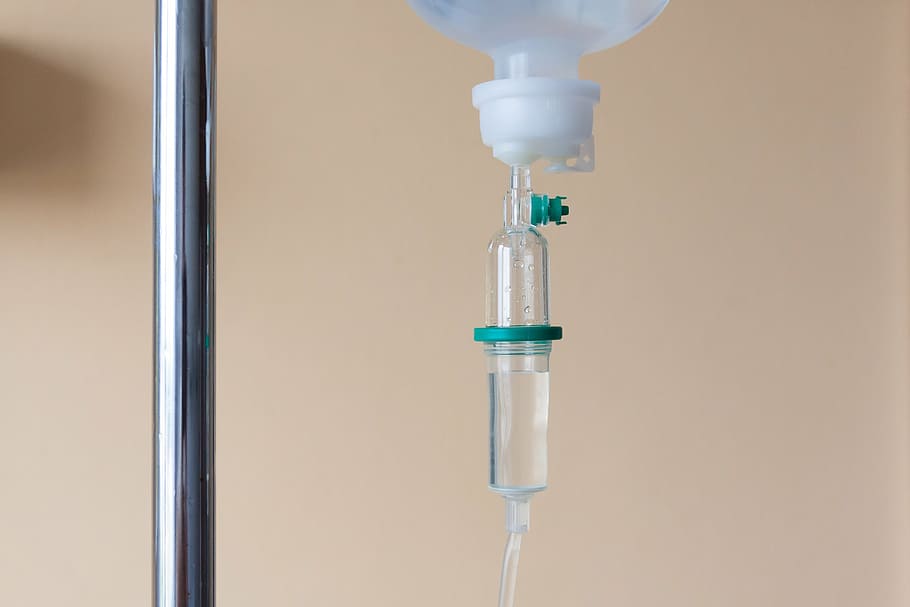Methodology: 4/5
Usefulness: 3/5
Question and Methods: In hypotensive septic patients refractory to initial fluid resuscitation (1-3 L), does a restrictive fluid strategy involving early vasopressors lead to improved mortality outcomes. The fluid-restrictive intervention prioritized vasopressors with rescue fluids in select scenarios, compared to the liberal fluid protocol prioritizing serial boluses.
Findings: There was no difference in the primary outcome of all-cause mortality (14.0% vs 14.9%, ARR 0.9%, 95% CI -4.4 to 2.6%, p=0.61). The restrictive group received a median of 2 L less fluid (95% CI: -2318 to -1949) and more vasopressors.
Limitations: Unblinded, single-country study that was discontinued early. These patients were not incredibly sick (mean SOFA ~3.5), and the protocol did not involve dynamic measures of fluid responsiveness.
Interpretation: There’s no clear difference, either beneficial or harmful, to using a restrictive fluid strategy over liberal fluids in hypotensive septic patients. After a few liters of fluid, apply your clinical judgement to the patient in front of you.
JC Supervisor: Dr. Ian Stiell
Authors
-

Dr. James Gilbertson is a Sr Emergency Medicine resident at the University of Ottawa. He is a Junior Editor with the Digital Scholarship and Knowledge Dissemination team for the EMOttawaBlog.
View all posts -

Dr. Rosenberg is an emergency physician at the Ottawa Hospital, associate professor at the University of Ottawa, and Director of the Digital Scholarship and Knowledge Dissemination Program.
View all posts -



Great blog post!
Sepsis-induced hypotension is a life-threatening condition that requires prompt and appropriate treatment. Early fluid management plays an important role in the successful outcome of patients with sepsis-induced hypotension.